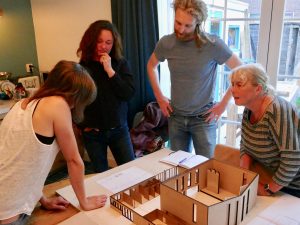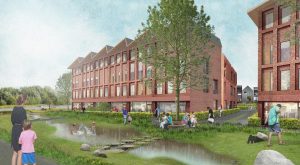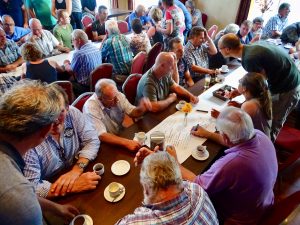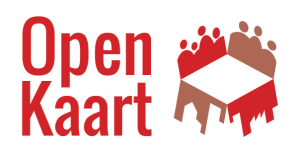


Co-creation in Area Development – From a Must to a Plus
Zoning requirements demand ‘participation’ when developing an area. But how can this demand be upgraded from ‘standard requirement’ to ‘meaningful contribution’? Hanneke and Pieter wrote this article at the invitation of gebiedsontwikkeling.nu Area and spatial development are […]

The ‘Nijbroekse polder model’
For planners, the word ‘polder’ is synonymous with wonderfully empty spaces to realise spatial development ambitions. In addition to the potential for urban growth, or even building in the pasture, the country represents valuable space for recreation and food production. Recently water management and the energy transition have been added to these resources. Is the countryside then valued enough in its own right, or merely viewed as a ‘rural problem’ to be solved by urban interests? In the Nijbroek Polder we set out with locals and experts to chart the intrinsic qualities of this area; which challenges present themselves and which opportunities do they offer for the future of this part of the countryside? (more…)
